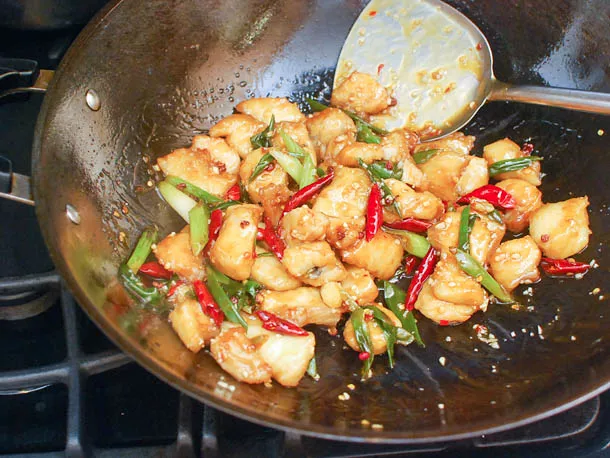loka . 21, 2024 16:42 Back to list
Understanding the Distinction Between Paprika and Sweet Paprika Varieties
Understanding the Difference Between Paprika and Sweet Paprika
Paprika is a vibrant red spice that adds flavor and color to a variety of dishes, but it can often lead to confusion among cooks due to its different varieties and labels. Two common terms you may encounter are simply “paprika” and “sweet paprika.” While they may seem interchangeable, they represent distinct categories, each bringing its own unique flavor profile and culinary uses.
What is Paprika?
Paprika is made from ground capsules of different Capsicum (pepper) varieties. It is a staple in many kitchens around the world, especially in Hungarian, Spanish, and Portuguese cuisines. The spice can range in flavor from mild to hot, depending on the type of peppers used and the specific processing methods.
The most significant factor in the variability of paprika lies in its capsicum sources and processing methods. Some paprika is produced from sweeter varieties of peppers, while others come from hotter ones. This contributes directly to the different types of paprika available on the market, including smoked, hot, and sweet varieties.
What is Sweet Paprika?
Sweet paprika, on the other hand, specifically refers to a milder and sweeter form of paprika that is free from heat. It is primarily made from sweet red bell peppers or a similar variety and is processed to preserve its natural sweetness and bright red color. Sweet paprika tends to have a slightly fruity flavor, making it a popular choice for seasoning dishes where heat is not desired.
Often, sweet paprika is associated with Hungarian cuisine, where it plays a pivotal role in dishes such as goulash. This type of paprika is preferred for its rich color and sweet touch, enhancing the flavor without overwhelming the dish with spiciness. It’s worth noting that while sweet paprika is typically mild, it is not completely devoid of flavor complexity, as it can offer subtle earthy and fruity notes that round out a meal.
is there a difference between paprika and sweet paprika?

Key Differences Between Paprika and Sweet Paprika
1. Flavor Profile The most apparent difference lies in the flavor. Regular paprika can be hot, mild, or sweet, depending on its variety, while sweet paprika explicitly denotes a non-spicy option that emphasizes sweetness. 2. Culinary Uses In culinary applications, the choice between paprika and sweet paprika is crucial. When a recipe calls for paprika, it is essential to know the intended flavor profile. For instance, using a hot paprika in a delicate dish could lead to unintended spiciness, overshadowing the original flavors.
3. Color and Aesthetic Appeal Both forms of paprika provide a vibrant red hue to dishes, but the depth of flavor differs. Sweet paprika adds color without adding heat, making it ideal for garnishing dishes or adding a pop of color to deviled eggs, salads, or potato salads.
4. Regional Variations The usage of paprika can vary from region to region. Certain cultures may prefer spicy varieties of paprika, while others may stick to sweet paprika for traditional dishes. Understanding these regional preferences can help in selecting the right type of paprika for authentic recipes.
Conclusion
In conclusion, the difference between regular paprika and sweet paprika lies largely in their flavor profiles and culinary applications. Sweet paprika is a milder, sweeter version that can enhance dishes without introducing heat, making it a versatile cooking ingredient. Regular paprika, however, may have a range of flavors from sweet to hot, making it essential to choose the appropriate type based on the intended flavor and heat level of the dish.
Understanding these distinctions is not just about ensuring the right ingredient but also about appreciating the cultural and culinary contexts that define how we use spices in our kitchens. Whether you're enhancing a classic Hungarian goulash or adding a touch of flavor to a simple vegetable dish, knowing your paprika will undoubtedly elevate your cooking experience.

